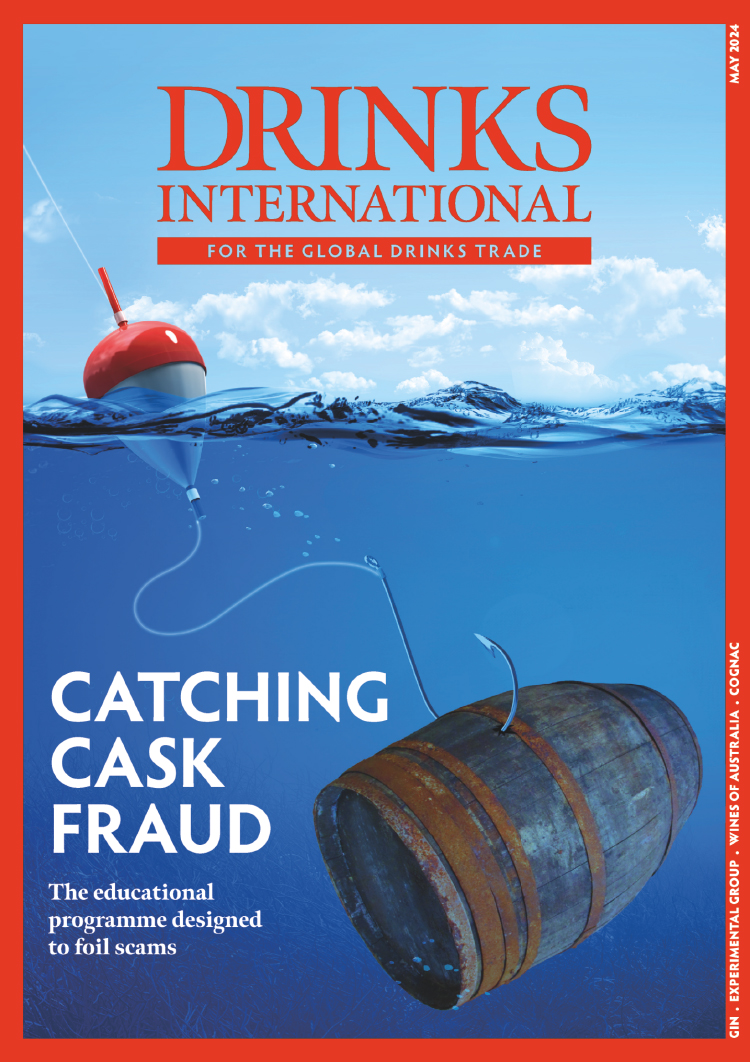AUSTRALIA HAS RE-FOUND ITS MOJO. It lost it for a while, but now it’s back on track. But how did a once dynamic, successful wine industry lose its way? The boom, bust and gradual recovery of Australia’s wine industry is a valuable lesson for any wine-producing country.
Some context. Australian wine as we know it today is a relatively recent phenomenon. Back in 1966, domestic consumption was a little over two bottles per head. Chardonnay didn’t exist and a mere 700 tons of Cabernet Sauvignon were crushed. Close to 80% of production was of fortifieds: ‘ports’ and ‘sherries’. Things shifted fast, though, and during the 1970s and 1980s table wines emerged as domestic and export markets sprang into life. Domestic wine sales grew from 10m litres in 1964 to 36m in 1975. The Chardonnay revolution also occurred: 1,000 tons were crushed in 1979, and by 1989 this had risen to 28,000 tons. By 1996, Aussies were drinking 24 bottles per head per year, and 80% of production was table wine (the current percentage of wine grapes used for table wine is 94%).
It was also in 1996 that the Australian Wine & Brandy Corporation (AWBC) and the Winemakers’ Federation of Australia (WFA) launched a document that was to shape the next stage of this industry: Strategy 2025. The vision was that by 2025 Australia should achieve A$4.5bn in wine sales, becoming the most influential and profitable supplier of branded wines in the world. By 2007 most of these goals, including the sales targets, had been achieved. From export sales of A$200m in 1990, a peak figure of A$3bn was reached in 2007. At this stage, Strategy 2025 was revised, partly because there was a realisation that this boom was a fragile one, without a solid basis.
Trouble was coming. In the four years from 2007 there was a cataclysmic slump in exports, from A$3bn to A$1.8bn, with the US in particular being strongly hit. In 2008 the value of wine exports to the UK shrank by 17.5% and to the US by 23%. A number of factors contributed to this fall.
The Australian vineyard area had doubled in the 1990s. But many of the new plantings were in warm, irrigated areas. A series of droughts meant that farming these became more expensive – and to a degree unsustainable. And the grapes produced from here were often of relatively low quality. The likes of Shiraz, Cabernet Sauvignon and Chardonnay didn’t respond so well to the hot climate, and big brands, which had previously included grapes from more established, higher-quality regions, began to be less interesting. Increasingly, producers would cover over the cracks by blending in grape juice concentrate – reds began to taste a little sweet, with some of the most successful brands having as much as 10g/litre residual sugar. Corporate mergers and buyouts of some of Australia’s most famous names didn’t help, either.




